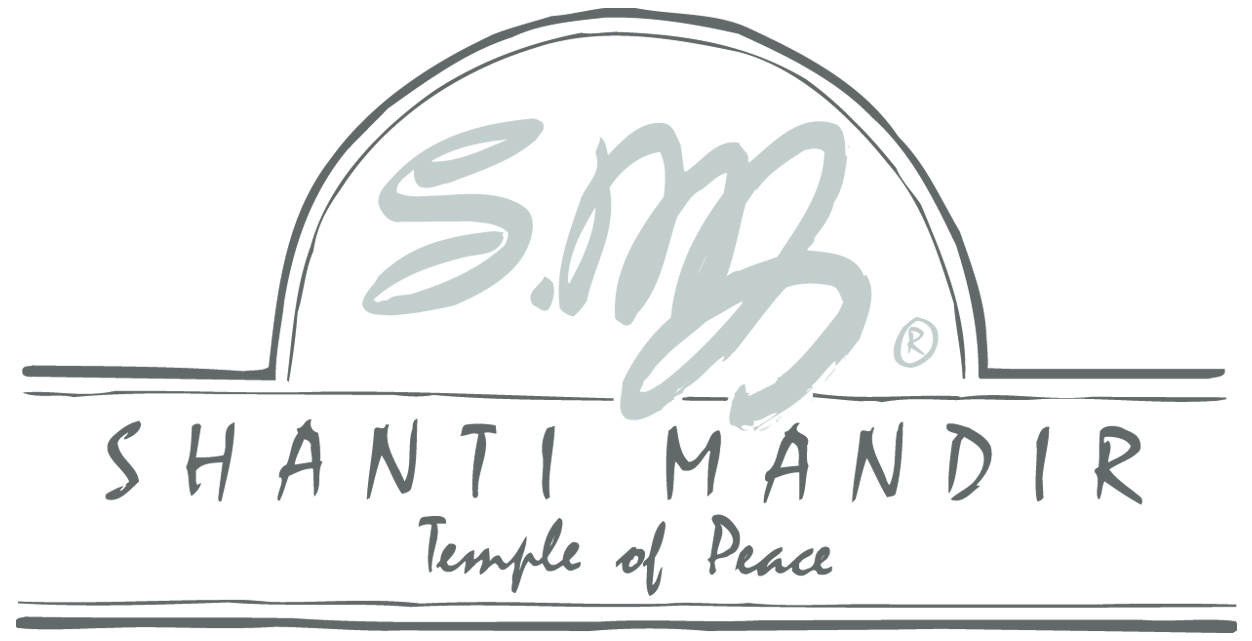The goal is to offer a simple guide to helping drummers play at their local Shanti Mandir chant.
There are numerous styles or schools of Indian classical drumming depending on the region and teacher. As a result there is some variation in the stroke technique and name. That variation is well known to Indian classical drummers and should not matter to your learning.
The focus is on the things that are most needed in Shanti Mandir satsang.
Indian classical drumming is renowned for its complexity and breadth. To help keep things simple, most of the Shanti Mandir chants have 8 beat rhythms, so they will be our focus. Having said that, there are a few Shanti Mandir chants that have different rhythms eg 6 beats, 7 beats, 10 beats etc and we will include an introduction to them for completeness, however we will not go into them in any depth.
Tabla
At Shanti Mandir we usually practice a tabla technique called Purbi baj that is strongly influenced by pakhawaj.
Pakhawaj
Shanti Mandir has a strong tradition of playing pakhawaj which was once common throughout north India but is seen less since tabla has become universally popular.
Although tabla and pakhawaj are taught using the same system of mnemonic syllables called bol, there are sometimes differences between the tabla bols and the pakhawaj bols. This can be confusing to the beginner so it’s best to focus on either pakhawaj or tabla.
The learning is presented in a step-by-step fashion over 3 sections.
1
Section 1 outlines the stroke sounds of the Indian classical drumming repertoire most commonly used in Shanti Mandir chants, these sounds are known as bol. Section 1 is divided into three parts:
Part 1 explains the technique of different finger and hand positions used to produce single stroke sounds and introduces their names. You could think of them as individual notes.
Part 2 outlines some of the complex bol patterns that are made with multiple stroke sounds.
Part 3 introduces some bol expressions that put single bol and/or complex bol together to create combinations with even timing. You could think of it as a bar of notes with even tempo.
2
Section 2 outlines the traditional Rhythmic Patterns most commonly used in Shanti Mandir chants. This section introduces the use of a varied tempo with the different phrases. You could think of them as a phrase or riff with specific notes and rhythmic pattern. They are called tala.
3
Section 3 introduces Compositional Forms, the chant compositions most often played at Shanti Mandir. They are usually a combination of different tala from section 2.

